8. The Funeral (1996)
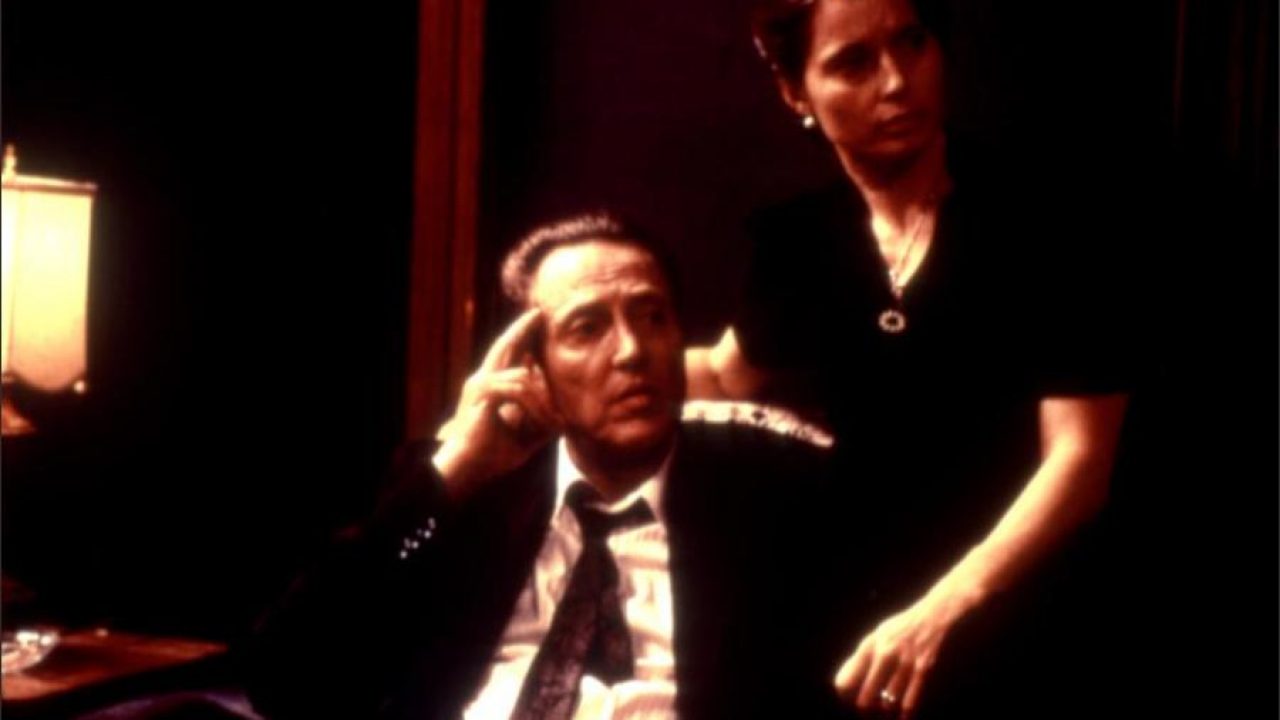
Abel Ferrara and screenplay writer Nicholas St. John have made several great films together – “King of New York,” “Ms. 45,” “China Girl,” “The Addiction” and “Body Snatchers,” to name a few. Their 1996 crime drama “The Funeral” became their last one which is a shame. Ferrara said St. John didn’t like the business and some said they had a falling-out. That’s a pity, even though Ferrara is still making the movies he wants to make, but who knows what other great film their collaborations would spawn.
“The Funeral” is a film almost as strong as “King of New York”; once again a gangster film focuses on its characters rather than the plot and comes up with strong effort. There’s always been criticism about crime dramas, claiming that some of them glamorize the gangster life.
It’s hard to make that criticism on “The Funeral” – or the other film on the list “Monument Ave”. Ferrara takes out the glamour of the gangsters and comes up with a terrific story of a gangster family’s life after the coffin of their communist-influenced member Johnny Tempio is brought to the house of his older brother Ray for the wake of family and friends.
7. Clockers (1995)
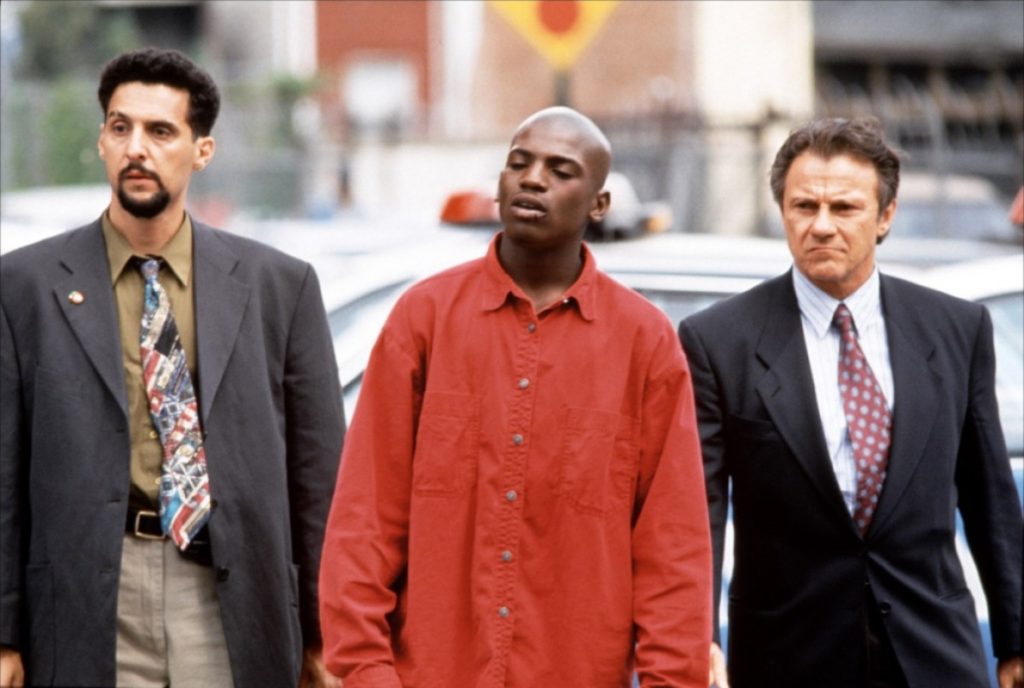
Scorsese had been developing an adaptation of “Clockers,” the critically acclaimed doorstop novel of a tough cop and the young, low-level dealer he thinks committed a murder. But when he moved on from the material to do other films, Spike Lee took the project. Lee may be a highly acclaimed director and a popular name, but if you take a look at his filmography, some of his best films rarely get a mention: “Jungle Fever,” “Mo Better Blues” and “Clockers,” to name a few.
The movie is Lee take on the urban drug epidemic and is a pretty strong one. First of all, one should note the dazzling visual style Lee has used for this film. And second, his raw approach may make it less energetic than his other works, but it’s still compelling. As one review pointed out, the movie is “more sober, mournful and meditative expressionism than you’d expect.”
6. Beyond the Law (1993)
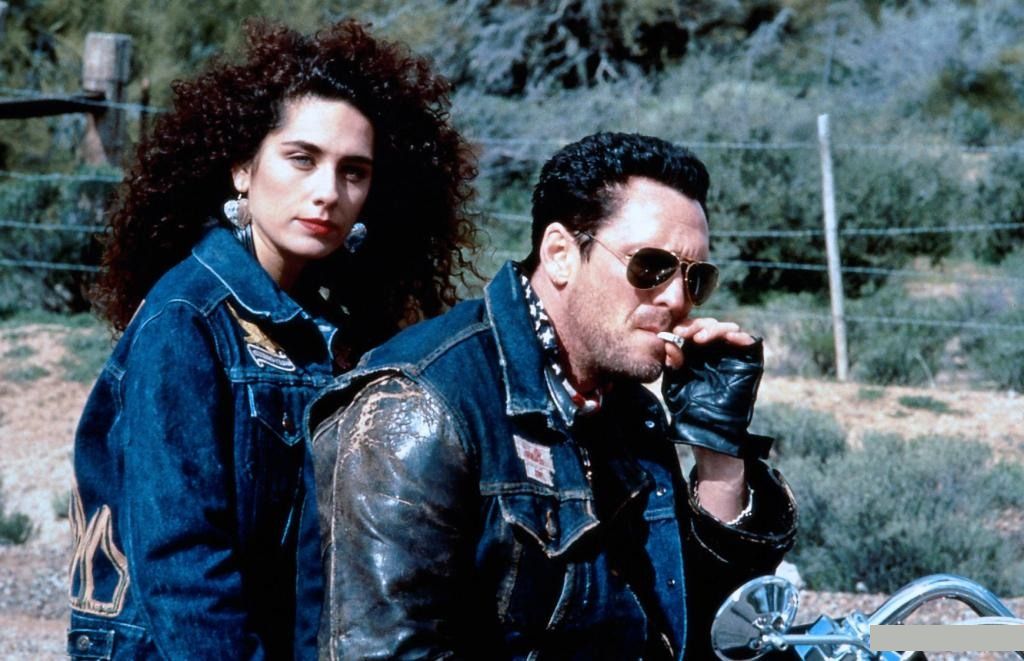
Right now Charlie Sheen may be a joke or a punchline, but there was a time when he was a star on the rise, getting interesting projects from time to time, and there was a hype around him that he could turn into the next Tom Cruise.
This outlaw biker drama, which premiered on HBO in the US but got a theatrical distribution in some countries around the world, sees Sheen giving one of his best acting performances for playing undercover police officer Daniel Saxon. He is recruited by an employee of the prosecutor to be involved in an undercover action against the illegal machinations such as drug and arms trafficking rocker gang as a covert investigator.
Writer-director Larry Ferguson wrote the screenplay after reading the article “Undercover Angel” in Playboy magazine on an undercover agent named Dan Black, and the result is an excellent, often engaging, and well-acted undercover story where we follow our main character struggling with demons from his past, and also to maintain his identity as he becomes more immersed in his undercover operation.
5. Deep Cover (1992)
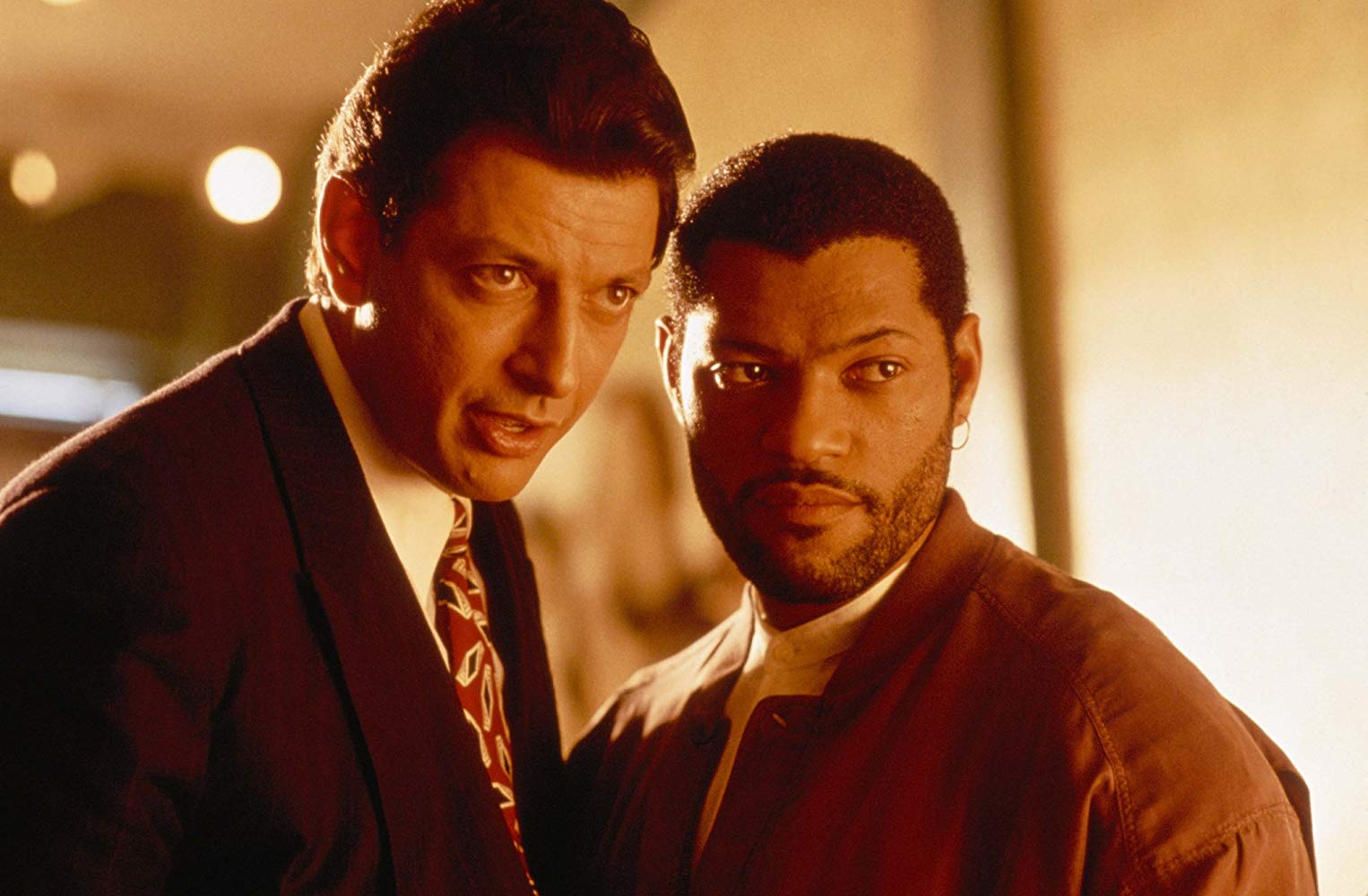
Speaking of crime dramas on undercover police officers, “Deep Cover” is a must-see. Russell Stevens is a police officer who can’t escape his demons, and often thinks of his drug-addicted father, who was killed in his childhood during an armed robbery he committed in front of him. One day they recruit Stevens for a covert operation in Los Angeles to destroy a drug ring.
Full of film noir elements and everything you expect from an undercover cop story, “Deep Cover” is a surprisingly strong film featuring two powerhouse performances from Laurence Fishburne and Jeff Goldblum in Independent Spirit Award nominated performances.
The film has surprising twist and turns, memorable lines and scenes, and is never boring for a second as it’s fast-paced. The atmosphere is very involving as is the storyline, which gives us interesting characters facing moral dilemmas, and while the film progress, it keeps pushing the boundaries in surprising ways. A very stylish and underrated flick, it should be seen by anyone who loves such stories.
4. No Way Home (1996)
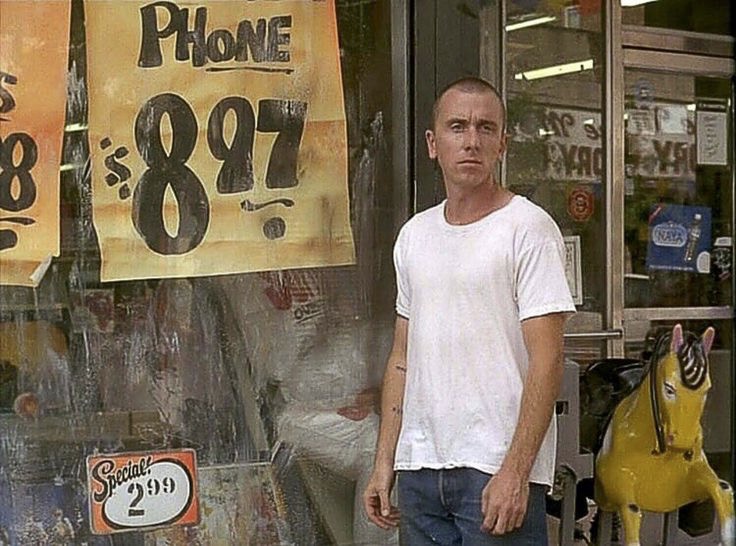
Prolific acclaimed actors often have overlooked gems in their filmography. Tim Roth had made several great films that went overlooked and “No Way Home” features one of his best performances. Roth plays Joey Larabito, a sensitive man with psychological problems who is released after six years in prison for robbery. He is looking for his older brother Tommy in Staten Island to find temporary accommodation with him.
To his surprise, Tommy is now married to the party stripper Lorraine, who is anything but pleased with her new roommate. Tommy doesn’t want to go back to prison, but he finds out that his brother is now dealing drugs.
“No Way Home” is a violent film that those who easily feel uncomfortable may be turned off by, but there’s also a great character study to be found in the film. Roth’s complex, emotional performance is great to watch and the film itself, while having some predictable sequences, also explores the failure of the system of crime and punishment.
3. Little Odessa (1994)
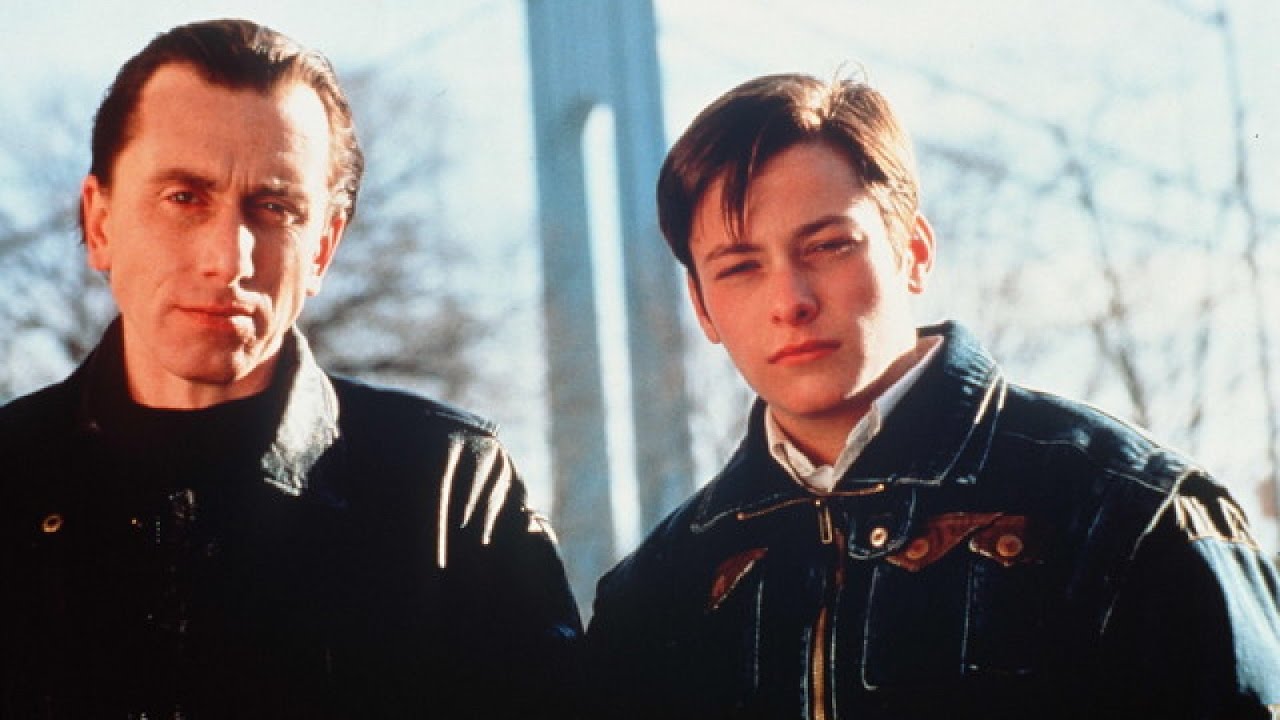
Speaking of Roth, another one of his great films that deserves a mention is “Little Odessa,” which earned him an Independent Spirit Award nomination. It is also the feature film debut for James Gray, who spent two years finding financing for the movie. This story is about a bitter dysfunctional Jewish family who emigrated from Russia to Brooklyn.
Roth portrays cold-blooded killer Joshua, who returns to the family, and the film is basically about the subsequent events since his return. His brother worships him, his father hates him. This is a very grim, very dark story and the movie does find the right balance, the right mixture of coherently staged crime story and consistently developed family tragedy. It works well in both cases and it should also be noted as one of Gray’s best directorial efforts; the film is full of great shots and amazingly composed frames. It’s not only one of the best crime dramas of the era, but also one of the best directorial debuts of its decade.
2. The General (1998)
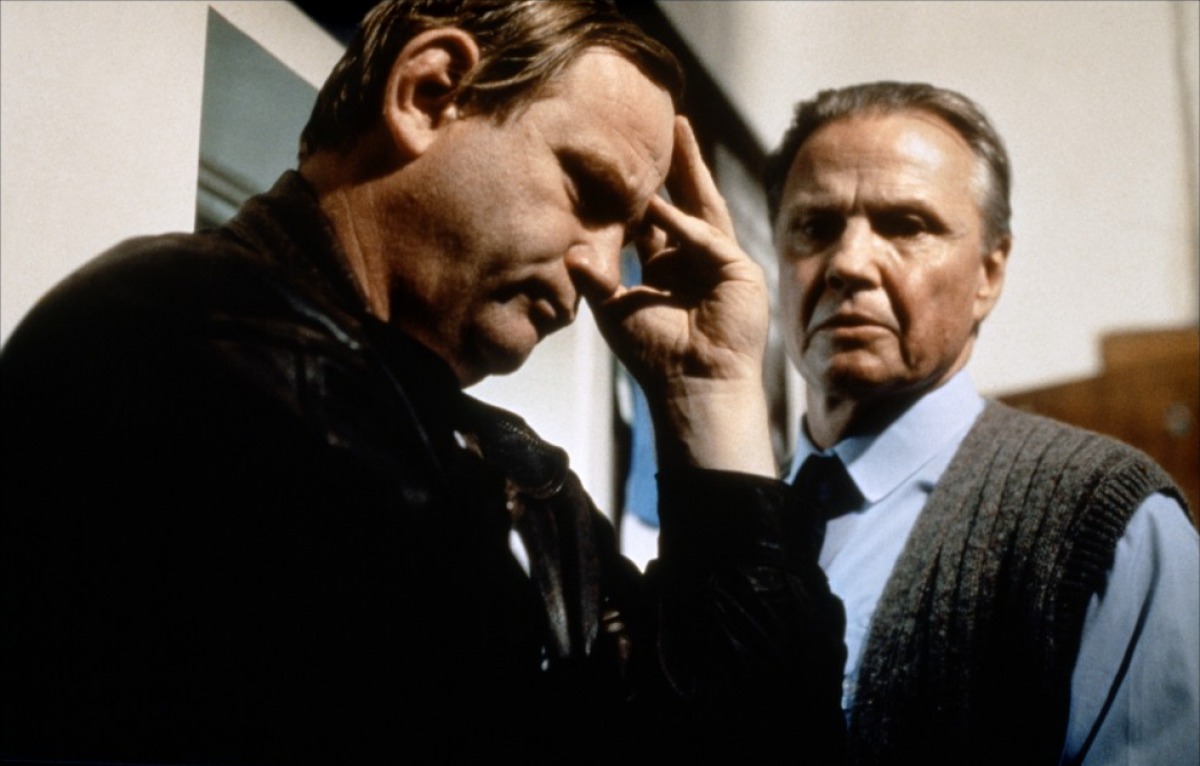
One of John Boorman’s bests, “The General” is about prominent Dublin crime boss Martin Cahill, who generated a certain notoriety in the media, which referred to him by the sobriquet “The General.” What’s interesting is that Boorman himself was a victim of one of Cahill’s famous burglaries. Cahill was an interesting figure, with a touch of Robin Hood in him. He stole from the rich and gave it to the poor. He planned and carried out robberies big and small.
Boorman tried to avoid gangster movie clichés to portray him in a complex manner and he succeeds, stylizing the protagonist like a hero of an ancient tragedy. Brendan Gleeson is also excellent at exploring his characters’ complexities. He’s absolutely riveting in the movie. Boorman shows it all with very seductive and elegant black and white cinematography. A stylish character study, “The General” deserves to be seen by more.
1. Homicide (1991)
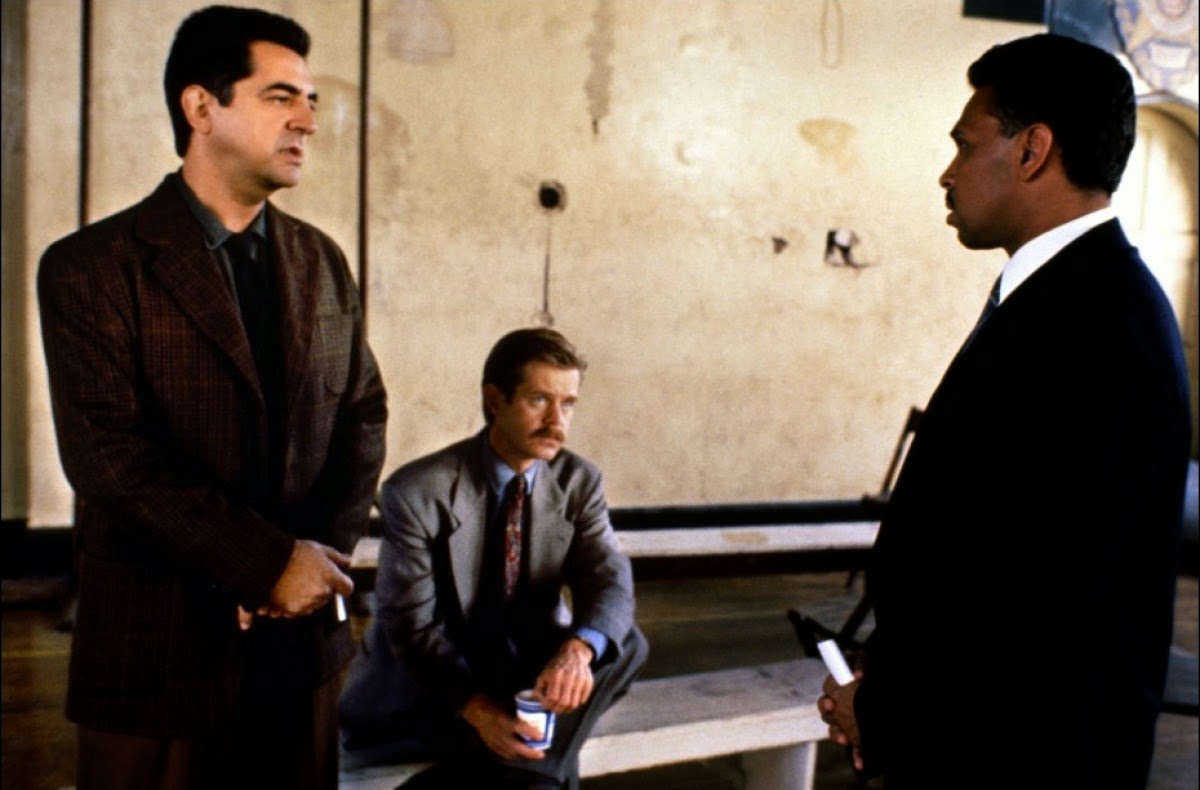
An intriguing morality play with some of David Mamet’s amazing trademarks. Even though he is one of the most celebrated playwrights and a highly acclaimed screenplay writer, David Mamet’s directorial efforts didn’t reach the popularity they deserve. Like “House of Games” and “The Spanish Prisoner,” once again Mamet pulls off a brilliant crime-drama/thriller in this film, which is also one of the best neo-noirs you could find in the 1990s.
Thanks to Roger Deakins’ cinematography, “Homicide” is also his most amazingly shot film featuring one of his most complex and personal screenplays, as well as probably his most blunt and despairing.
The plot follows a Jewish homicide detective (Joe Mantegna) as he investigates the murder of an elderly Jewish woman in a candy shop, and while he first refuses to believe any paranoid theories about the murder, he soon realizes that there’s much more to this case than he thinks. The film stars Mamet regulars Mantegna and William H. Macy, and as expected they deliver the Mamet-talk as best as possible.